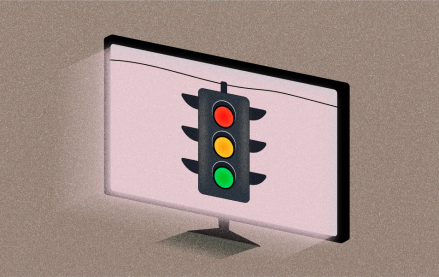There’s an article of faith among digital media entrepreneurs. It is summed up in a slide shown to every venture capitalist. The slide shows the gap between the percentage of time people spend online and the percentage of brand budgets spent there. The conclusion is that the two will at some point match up.
The problem is that’s not necessarily the case. That hasn’t stopped this notion from popping up time and again. Yesterday, MDC Partners CEO Miles Nadal trumpeted this notion to CNBC, noting in a “Facebook Frenzy” segment: “Consumers consume 25 percent of their media online. But, there’s only 12 percent of all ad dollars online. If ad dollars meet eyeballs you’ll have a $50 billion increase in ad spending.”
That’s a big if. I mentioned this slide in passing at a talk last week to media planners at Team Detroit. A senior executive quickly piped up that he hated that slide. He had a point. He didn’t want media planners to think that way. The fact is not all media is created equally, he said.
Dave Morgan made this point yesterday in Digiday. “Time does not equal impact,” he said, noting that if anything newspapers are attracting an outsized portion of ad revenue compared to the time spent. And its deterioration has made even that less glaring.
Brand dollars won’t move online simply because of the percentage of time spent there. They’ll move when it’s less complicated and expensive to buy campaigns, when the formats are better for branding, and the high quality content is there. Until then, the Web will remain overwhelmingly steered by direct-response dollars.
The time-spent argument even falls apart within the Web. After all, why is it that the top 10 sites command 72 percent of online ad dollars? That certainly doesn’t match up to the amount of time people spend on those sites. It’s more likely because these companies are adept at offering ad packages that appeal to advertisers — and make it easy to buy.
Nadal trumpeted social media in his argument that dollars follow eyeballs. There’s no doubt that advertising on sites like Facebook is bound to increase. But there’s no guarantee it will end up equalling the time people spend there. If that was the case, email would be the most expensive of all ad vehicles.
The problem is investors like this logic. It’s clean and simple. It also leads to grief. Back in the MySpace days, Max Levchin was fond of trumpeting the reach of his widget-network Slide as akin to 130-odd million TV screens. The story was good enough to get Slide a $500 million valuation. The problem is the widget business never did attract those ad dollars to match the eyeballs. And then it collapsed.
More in Media

What publishers are wishing for this holiday season: End AI scraping and determine AI-powered audience value
December 22, 2025
Publishers want a fair, structured, regulated AI environment and they also want to define what the next decade of audience metrics looks like.

Media giant Essence launches a marketplace for Black women-led brands
December 22, 2025
Essence has launched WeLoveUs.shop, a new online marketplace dedicated to Black women-led brands.

In Graphic Detail: The state of AI referral traffic in 2025
December 22, 2025
The stats reveal a new audience pipeline forming outside of traditional search and social platforms.





